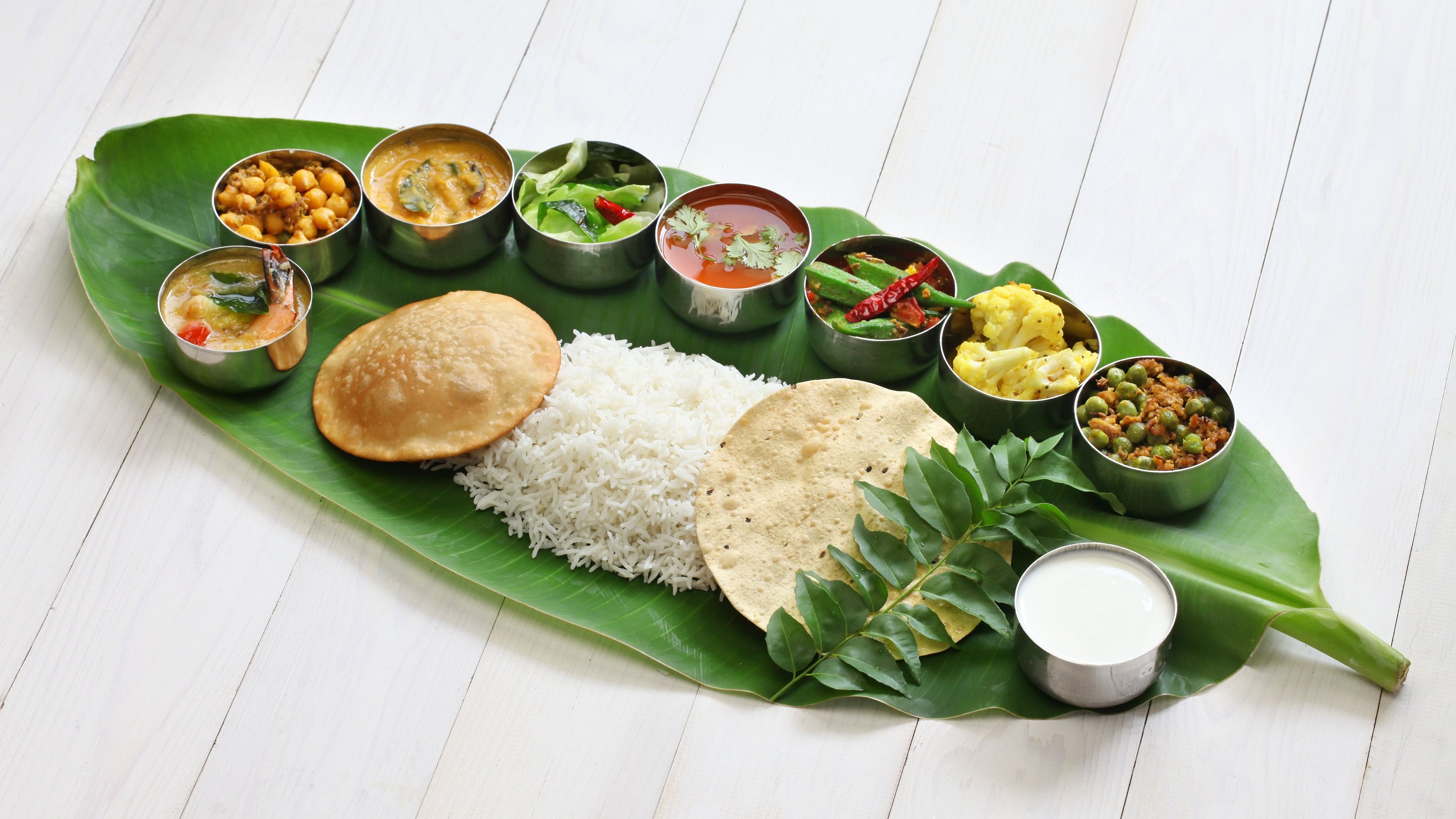
Credit: iStock Photo
In the last set of dietary guidelines released 13 years ago by the Indian Council of Medical Research (ICMR), the primary focus seemed to be on protein energy malnutrition (PEM), iron deficiency disease, and low weight in infants at birth. However, the recently released updated guidelines, for the first time, highlighted the coexistence of obesity and undernutrition in the same communities and even in the same households as one of the key concerns. The guidelines also raised alarm over early indicators of non-communicable diseases (NCDs) and altered metabolic biomarkers found in children.
This shift in priorities of policymakers is proof of how much our palate and diet have changed within the last two decades. The report links 56.4% of India’s total disease burden to unhealthy diet and lifestyle.
To help reverse these alarming health trends, ICMR and the National Institute of Nutrition have placed a strong emphasis on whole food and plant-based nutrients.
1. Focus on variety and balance
Dietary recommendations from the ICMR promote a diversified diet containing eight food groups. Vegetables, greens, roots, tubers, and fruits should take up at least fifty per cent of the daily dietary requirements. This is in alignment with the main principle for plant-based diets.
The benefits are multiple. Fruits and vegetables contain phenolic acids, flavonoids and carotenoids, which act as strong antioxidants and thus reduce the risk of several lifestyle diseases. Plus, they are nutrient-rich foods, which provide high satiety with smaller portions and are excellent choices for weight-watchers.
2. Prioritise whole grains over refined carbs
The guidelines discourage high intake of processed cereals and encourage the use of millets. This shift is important because refined grains usually have less fibre content and fewer essential nutrients leading to increased blood sugar levels and other potential risks.
Instead, emphasis is placed on including whole grain foods like brown rice, millets or quinoa which provide lasting energy along with lots of vitamins, minerals and fibre. They are also affordable and accessible across the country for all.
3. Embrace plant-based protein powerhouses
Despite acknowledging the significance of protein, it is important to note that ICMR guidelines do not solely advocate for animal sources. Pulses (lentils, dals, and beans) are listed among these proteins. Additionally, nuts and seeds are recommended due to being rich in protein that is good for one’s health.
This aligns with a plant-based approach that promotes exploring diverse protein options readily available in the Indian culinary tradition.
Beyond the plate
The ICMR guidelines recognise the financial constraints of many Indians. Plant-based foods, particularly legumes and whole grains, are generally more affordable than animal protein sources. Additionally, a plant-based dietary shift can contribute to a more sustainable food system, reducing reliance on resource-intensive animal agriculture.
The focus on plant-based nutrients in the ICMR guidelines resonates with the growing body of research linking such diets to a reduced risk of chronic diseases like diabetes, heart disease, and certain cancers.
More importantly, plant-based foods are often rich in antioxidants, fibre, and beneficial phytochemicals, playing a critical role in promoting our overall health and well-being.
Challenges remain
While a plant-based approach offers significant benefits, some challenges remain. One misconception related to a plant-based diet is that these food items have low-quality protein or are missing essential amino acids. But here is the complete truth.
Proteins are necessary for several bodily functions, but most people overestimate the quantity of daily intake that we need. As per the ICMR and NIN guidelines, for an average person on a 2000-calorie diet, no more than 30% of your daily intake should be protein sources, which includes all legumes, pulses and animal foods.
Secondly, people assume wrongly that only animal proteins are ‘complete proteins’ as they contain all nine essential amino acids that our body needs. In fact, eating a diversified plant-based diet provides all the amino acids that we require from food sources. That said, protein needs vary with age and specific phases in our lives.
Ensuring adequate protein intake, particularly for specific demographics like children and pregnant/lactating women, might require careful planning and consultation with nutritional experts.
Additionally, ensuring proper absorption of essential nutrients like Vitamin B12, often found in animal sources, may necessitate exploring fortified foods or supplements. However, the benefits outweigh these adjustments as most animal food provides high amounts of saturated fat and cholesterol as well.
(The author is a nutritional expert who works with the US-based non-profit, Physicians Committee of Responsible Medicine.)